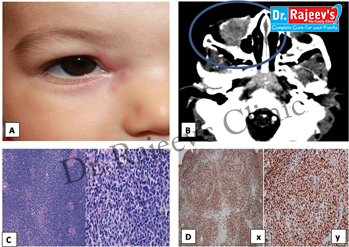

Sarcomas are cancers that boost from connective tissues within the body, akin to muscle mass, fat, bones, the linings of joints, or blood vessels. There are numerous types of sarcomas. Rhabdomyosarcoma (RMS) is a melanoma made of cells that by and large turn into skeletal muscle tissues. The physique has three main types of muscles.
Skeletal (voluntary) muscle tissue are muscle tissue that we control to move ingredients of our physique.
Gentle muscle is the foremost sort of muscle in internal organs (except for the center). For instance, smooth muscle tissues within the stomach and intestines push meals alongside as it’s digested. We do not manipulate this movement.
Cardiac muscle is the main muscle type in the coronary heart.
About 7 weeks into the development of an embryo, cells called rhabdomyoblasts (so they can eventually type skeletal muscle mass) start to type. These are the cells that can turn out to be RMS. Seeing that it is a cancer of embryonal cells, it’s way more common in youngsters, even though it does often occur in adults.
We would suppose of our skeletal muscle tissue as being almost always in our legs and arms, however these skeletal muscle cancers can start virtually at any place in the physique, even in some materials of the physique that don’t normally have skeletal muscle. Homeopathy Treatment of Rhabdomyosarcoma, Rhabdomyosarcoma causes symptoms

COMMON SITES OF RMS COMPRISE
Homeopathy Treatment of Rhabdomyosarcoma, Rhabdomyosarcoma causes symptoms